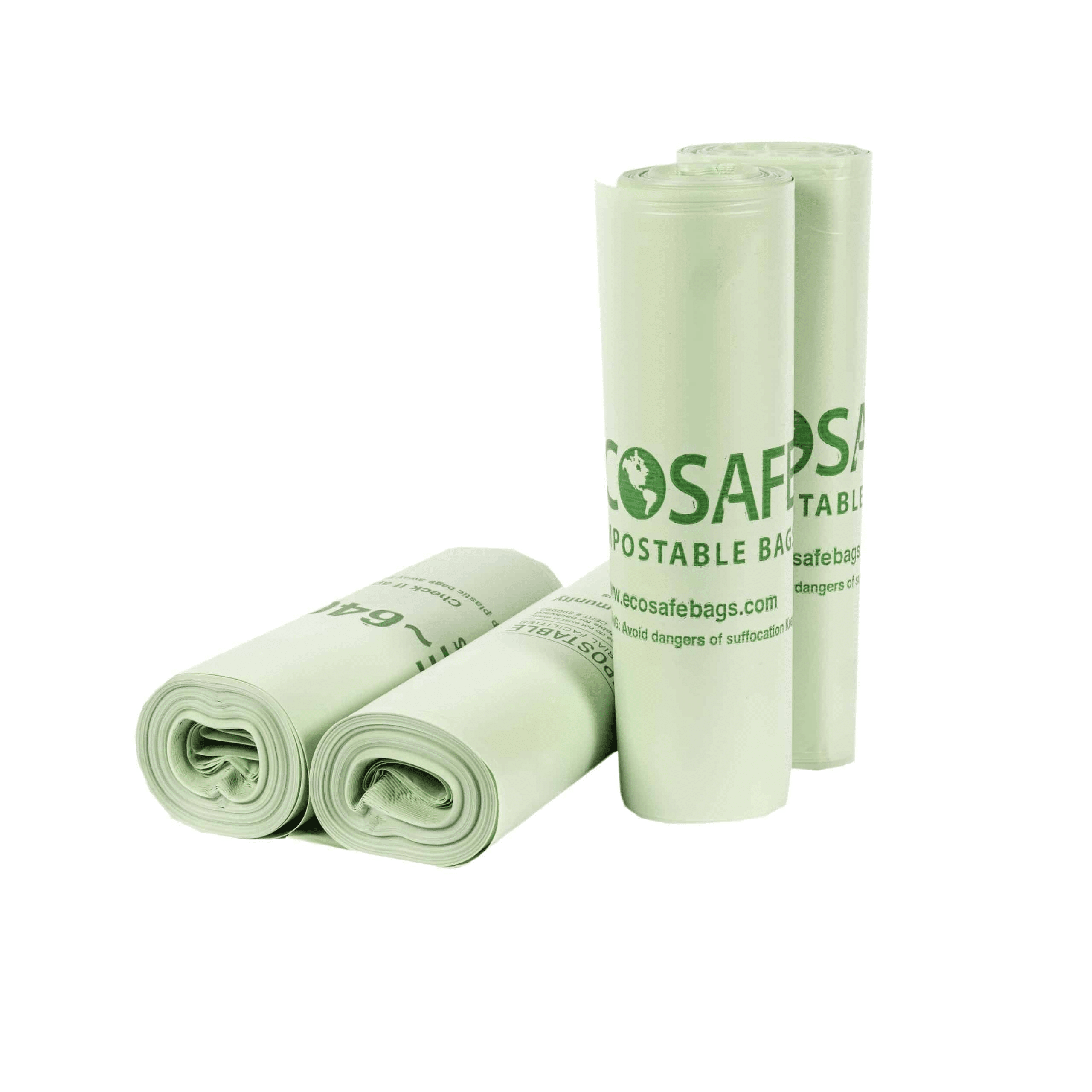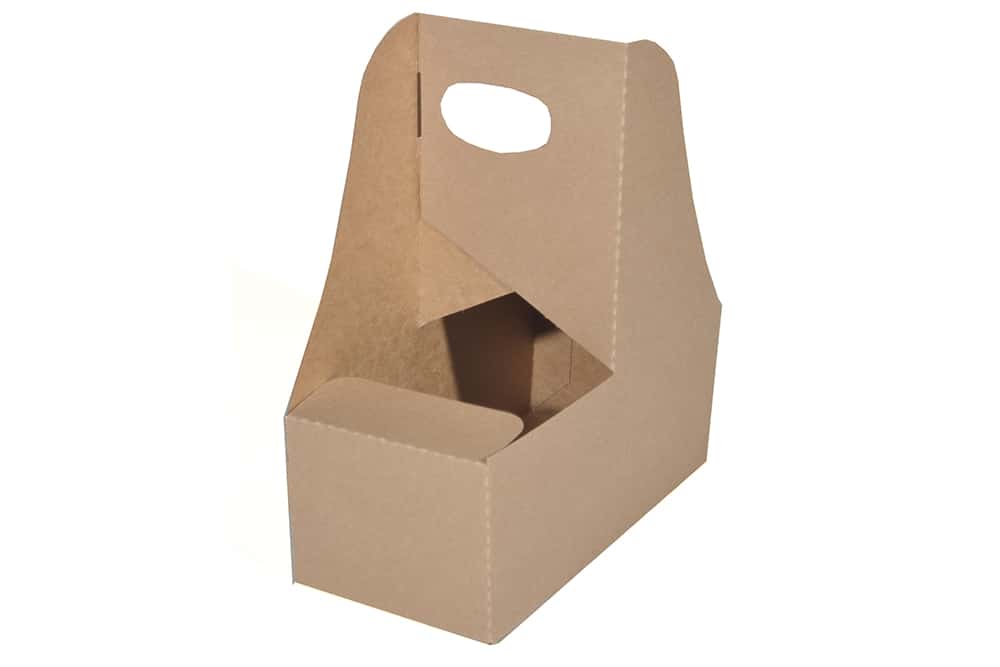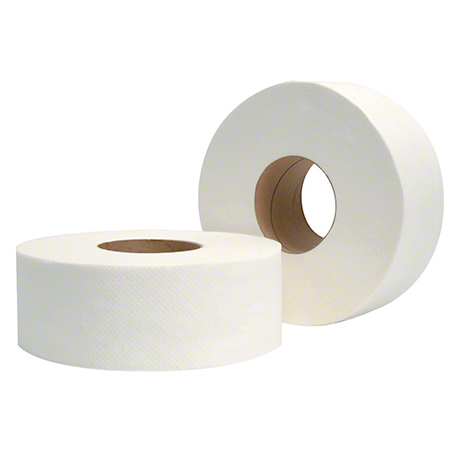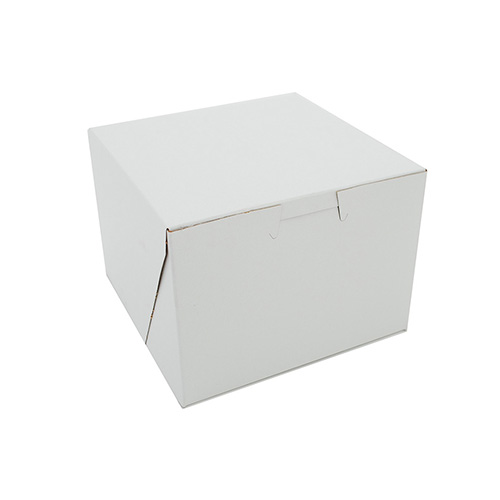Material Summary – PET (Polyethylene Terephthalate)
What is PET plastic?
PET stands for Polyethylene Terephthalate, which is a type of plastic that is used in the manufacturing of plastic bottles. PET has been around since the 1960s and it was developed by John Rex Whinfield and James Tennant Dickson at Imperial Chemical Industries (ICI) in 1941.
Pet plastic has been described as a “ubiquitous artificial compound” and can be found in every corner of the world. Although PET is difficult to break down, it is very easy to recycle. Not only recycle once but many times.
How is PET Plastic Made?
“Polyethylene terephthalate (PET or PETE), a strong, stiff synthetic fibre and resin and a member of the polyester family of polymers. PET is spun into fibres for permanent-press fabrics and blow-molded into disposable beverage bottles.
PET is produced by the polymerization of ethylene glycol and terephthalic acid. Ethylene glycol is a colourless liquid obtained from ethylene, and terephthalic acid is a crystalline solid obtained from xylene. When heated together under the influence of chemical catalysts, ethylene glycol and terephthalic acid produce PET in the form of a molten, viscous mass that can be spun directly to fibres or solidified for later processing as a plastic.”¹
What is PET Plastic Made of?
Photo from:
Polyethylene Terephthalate (PET) – Uses, Properties & Structure
“Polyethylene terephthalate (PET or PETE) is a general-purpose linear semicrystalline thermoplastic polymer that belongs to the polyester family of polymers. Polyester resins are known for their excellent combination of properties such as mechanical, thermal, chemical resistance as well as dimensional stability.”²
The chemical formula is(C10H8O4)n.
“PET is the common name for a unique plastic belonging to the polyester family. PET polyester is formed from ethylene glycol (EG) and terephthalic acid (TPA), sometimes called “purified terephthalic acid” or PTA. PET’s full chemical name is polyethylene terephthalate.”³
Is PET Plastic Petroleum Based?
“Making PET plastic begins with drilling or fracking for crude oil. That oil is brought by tanker trucks to a refinery where they use fractional distillation to separate the crude oil into easier-to-use components.”
To not mention the environmental effects of fracking would be a short sight, not to mention the new studies that have linked fracking and cases of cancer in children who live near fracking would be negligent.
So the answer is yes, PET plastic is petroleum based.
How is Polyethylene Terephthalate Used in Everyday Life?
Polyethylene terephthalate is a very popular plastic that is used in many different industries. It is one of the most widely used plastics, and it is found in a wide variety of products.
Most people are familiar with polyethylene terephthalate because they have seen it in their Coca-Cola or Sprite bottles. It can also be found in food containers, such as yogurt cups and cottage cheese tubs, and even some types of clothing.
The most common use for polyethylene terephthalate is in soft drink bottles and other beverage containers. The material is also popular for use as a film for packaging food items.
“PET is the most widely recycled plastic. In the United States, however, only about 20 percent of PET material is recycled.” https://www.britannica.com/science/polyethylene-terephthalate
The Most Recognizable PET Plastic, the Plastic Bottle
Who Invented the Plastic Bottle
A Dupont engineer by the name of Nathaniel Wyeth is responsible for the invention of the plastic bottle. The trick was to create a container that could hold up to the pressure built up by carbonated beverages. A small fact, globally, “a million plastic bottles are sold every minute”. What a price we have paid for convenience and no one is untouched by the guilt of using it.
The cheaper alternative to glass may have been a convenience that revolutionized industries but we can now see that there is a need to rein in our dependence on plastic bottles or to become so proficient at recycling and handling discarded trash that the plastic bottle is no longer an issue.
“The water bottling process releases 2.5 million tons of carbon dioxide into the atmosphere annually. Disposable water bottle waste washes into the ocean and kills 1.1 million marine creatures each year.”
The Plastic Eating Microbe
The easy answer would be for something to break down or eat the plastic that is rapidly creating an environmental disaster. Enter the plastic-eating bacteria. But don’t get too excited about this being the answer to the problem, because the bacteria comes with its own set of issues.
“The bacteria, Ideonella sakaiensis, was only able to eat a particular kind of plastic called PET, from which bottles are commonly made, and it could not do so nearly fast enough to mitigate the tens of millions of tons of plastic waste that enter the environment every year.”
“The microbes have been reported to create a waste by-product that is even more toxic to the environment than the bottle itself.”⁴
PET Plastic Conclusion
PET plastic comes with mixed emotions between environmentalists and industrialists alike. On the one hand, it’s one of the most widely recyclable materials in the world. On the other hand, it is also one of the most commonly found materials in litter on our beaches. It is a paradox that has created debates in most circles. Rest assured, as long as we have people and companies who are innovating for our planet and our future, we know progress is being made and we’re getting closer to our climate goals.
⁴The Race To Develop Plastic-Eating Bacteria
¹polyethylene terephthalate | Structure, Properties, & Uses | Britannica
² Polyethylene Terephthalate (PET) – Uses, Properties & Structure
Powered by BetterDocs

























































